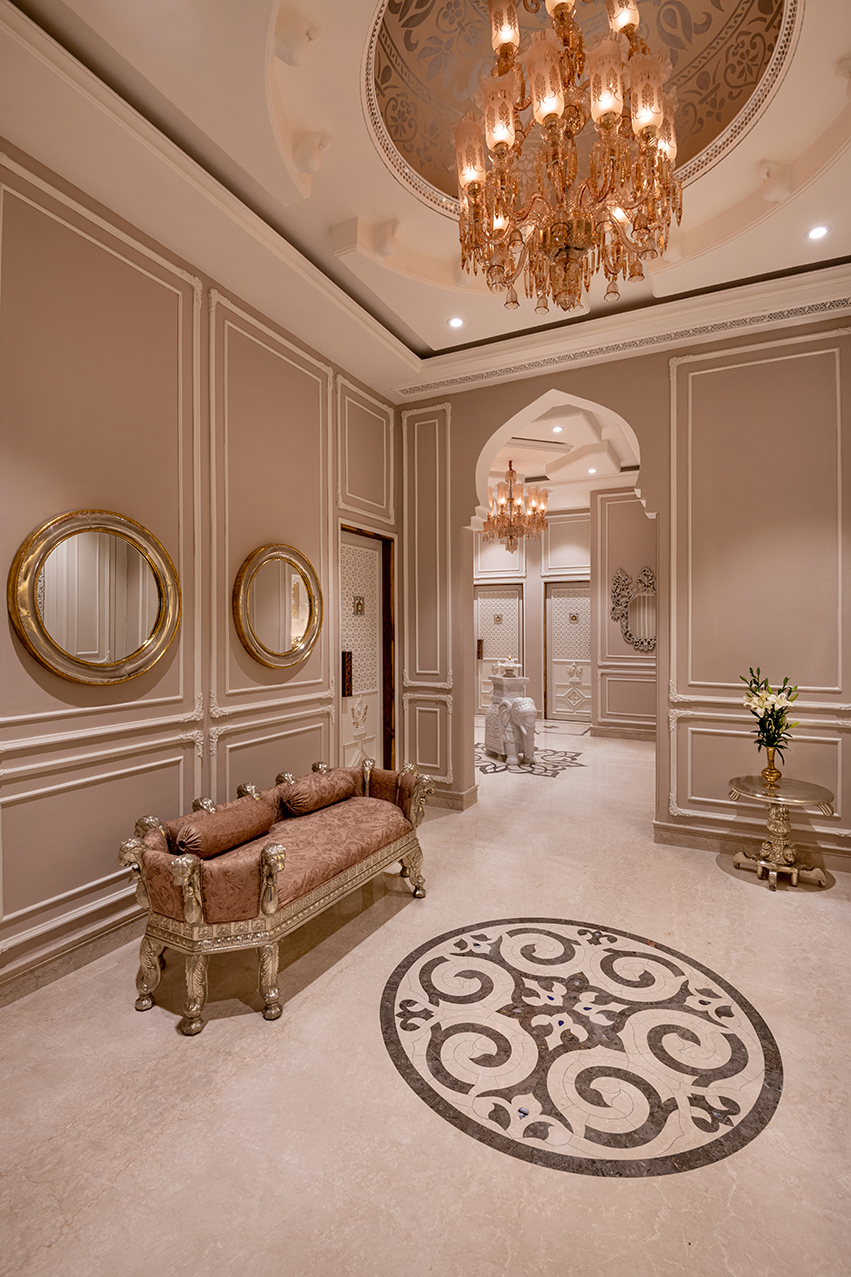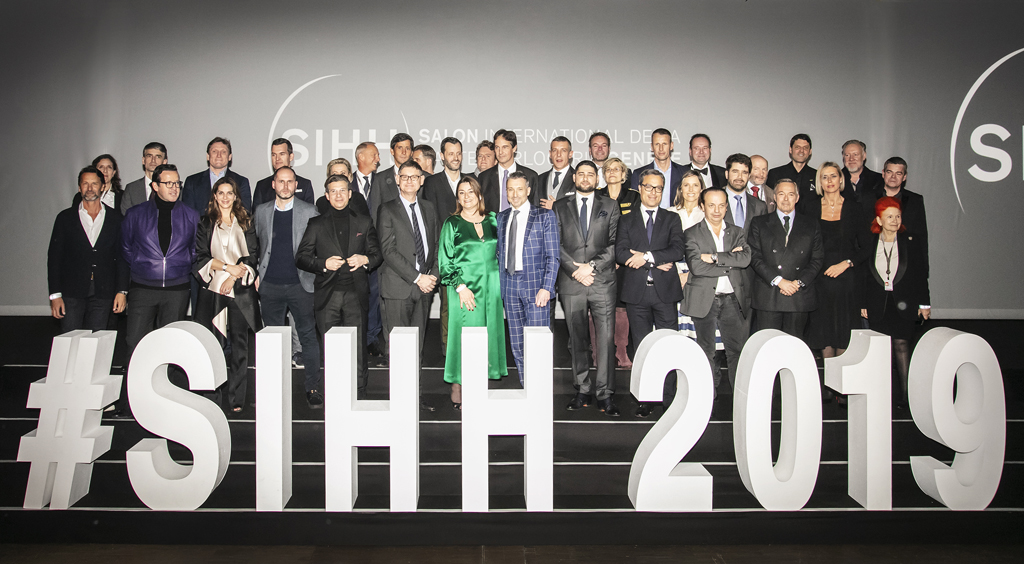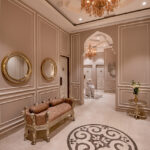By Tushar Joshi, Founder of Utkarsh Vastukaran
From the urban loft to the countryside retreat, interiors are becoming canvases of personal narrative—spaces that heal, inspire, and breathe with us. Gone are the rigid, impersonal designs of yesteryear. In their place, we’re witnessing a renaissance of design that prioritizes flexibility, authenticity, and harmony with the natural world.
This transformation reflects a deeper cultural shift. As global challenges like climate change, remote work, and mental health awareness reshape our collective consciousness, interior design has emerged as a powerful form of personal and environmental storytelling. Spaces are no longer static backdrops but dynamic ecosystems that respond to our emotional, professional, and ecological needs.
In accordance with these changing beliefs—and honestly, everyone reaching for something unique—these are the design trends that’ll evolve in the coming year.
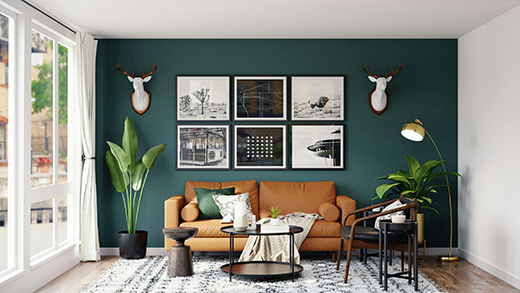
Bold Colors: Personality Unleashed
Neutrals step aside. 2025 is about making bold, unapologetic colour statements. Deep greens, navy blues, and burnt oranges are replacing beige and gray. These rich hues are being incorporated through furniture, walls, and decor pieces. A deep blue becomes a tranquil retreat, while vibrant red and yellow accents inject spaces with celebratory energy. Meanwhile, walls are being highlighted with striking wallpapers and tropical flora patterns.
The psychology of colour has never been more intentional in interior design. Colour is now a powerful narrative tool, with designers and homeowners using hues to craft emotional landscapes within their spaces. Blush pink and black create magical, unexpected contrasts, while green and pink combinations offer a playful yet sophisticated palette that transforms rooms from mere living spaces into dynamic emotional environments.

Biophilic Design Takes Center Stage
Biophilic design is transforming interiors into sanctuaries of organic beauty. Soft, earthy tones, botanical prints, and an abundance of natural materials create environments that soothe and rejuvenate. Meanwhile, bamboo furniture, jute rugs, and expansive indoor plant collections aren’t just decor—they’re a statement of connection to the earth.
While the aim is to create more harmonious, stress-free environments, a sophisticated aesthetic with delicate floral designs creates a refined and soothing feeling, appealing to seek tranquillity and elegance in the living spaces.
Neuroscience research now validates what designers have intuitively understood: nature-inspired environments significantly reduce stress, improve cognitive function, and enhance overall mental health. Advanced technologies are enabling more complex integrations, such as living walls with integrated air-purification systems, smart glass that mimics natural light patterns, and furniture designed to replicate the organic shapes and textures found in natural ecosystems.
Multifunctionality: Design for Modern Living
The pandemic permanently reshaped our relationship with space. Today’s interiors are chameleons—a living room that morphs into a home office, and a bedroom that doubles as a yoga studio. Modular furniture and adaptable layouts are no longer luxury features but essential design principles, especially in urban environments where every square inch counts.
In 2025, Modular furniture, adaptable layouts, and ergonomic designs will be essential. Transformable spaces and multifunctional furniture make the most of every square inch, especially in urban environments where space is often limited. Whether it’s a compact studio apartment or an open-plan office, the need for versatility has driven a shift in an approach to designing, be it a foldable desk that can instantly transform a corner of the living room into a productive workspace, or a modular sofa to accommodate more guests. Transformable interiors offer a practical solution to the challenges of modern life.
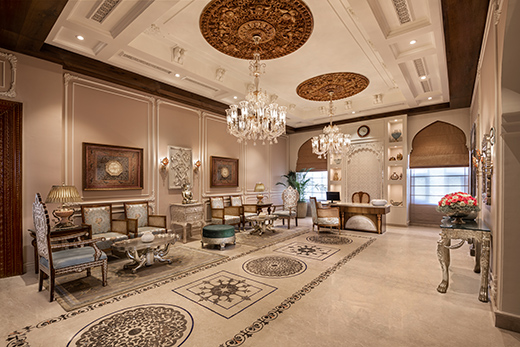
Maximalism
Minimalism is out; maximalism is in. This isn’t about clutter, but about curating spaces that genuinely reflect individual personality. Think bold patterns, eclectic decor, and a fearless mix of textures. Checkerboards, florals, animal prints—nothing is off-limits if it brings joy.
In contrast to minimalism, maximalist design could see a resurgence in 2025. Popular patterns worth considering when approaching maximalism include checkerboard, florals, stripes, animal prints, geometric shapes and abstract motifs. Wallpaper with a busy pattern creates a striking backdrop to a room, but you can also use contemporary paint techniques such as colour blocking to introduce shapes on a larger scale and frame a wall hanging or a piece of furniture you want to highlight. Vibrant patterns, layered textures, eclectic decor—the world is your oyster.
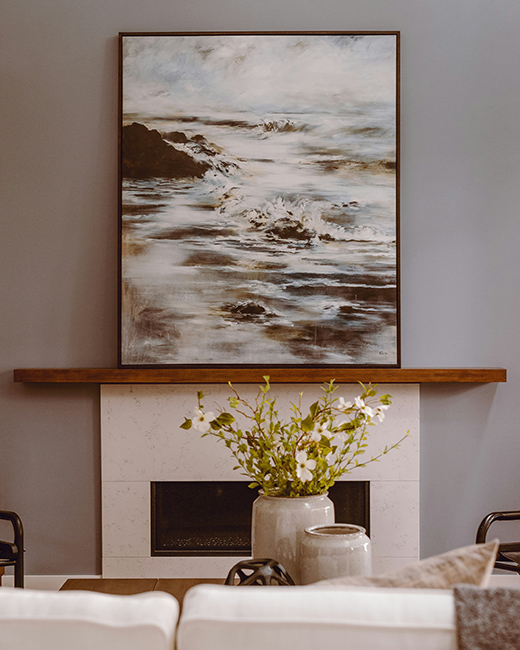
Art as Personal Expression
Perhaps the most exciting trend is the rise of personalized art. Artwork breathes life into interior designs, giving a space a certain character and personality that one cannot replicate with any other type of decor. More than just a finishing touch, a well-chosen art piece is perhaps the most important decision you’ll make in your house.
Custom pieces are becoming the soul of interior design—family portraits, meaningful quotes, and artistic representations of personal milestones. These aren’t just decorations; they’re emotional anchors that transform spaces into deeply personal narratives.
Meanwhile, landscape and nature art pieces are also becoming quite mainstream. Imbued with magical qualities of serenity and depth, landscape artworks have the ability to make the environment more ambient. Styling and adding a colourful piece of landscape art to a windowless interior wall can instantly open up the room. Gorgeous contemporary landscape painting can serve as a stunning focal point for contemplation in the living room, and offer a break from every day, especially when it doesn’t feel like stepping outside to recharge.
Similarly, textured and 3D art are also great forms of personalized self-expression. Artwork with physical texture or three-dimensional elements (such as metal, clay, or mixed media) is becoming more common as a way to add depth and tactile interest to a space.
The future of interior design is also interactive. Digital art that adapts to space, augmented reality elements, and personalized digital canvases are pushing the boundaries of what art and design can be.
Sustainable Sophistication
Sustainability has evolved from a passing trend to a fundamental design philosophy reshaping interior spaces in 2025. Eco-friendly materials are no longer niche alternatives but sophisticated design statements that marry environmental responsibility with aesthetic excellence. Recycled glass, bamboo, and jute have transformed from mere sustainable options to coveted design materials, each telling a story of conscious creation.
Circular design has become a critical approach, with manufacturers reimagining product lifecycles. Furniture is now designed with complete disassembly in mind, allowing for easy repair, transformation, or recycling. Modular pieces can be reconfigured or regenerated, challenging the traditional linear consumption model. These strategies reflect a deeper understanding that sustainability is not about limitation, but about creating more intelligent, adaptable design solutions.
The most exciting developments lie in regenerative technologies that transform materials from passive elements to active participants in environmental restoration. Living wall systems now actively purify indoor air, while textiles embedded with seeds offer a poetic second life beyond their initial use. These innovations are a profound reimagining of our relationship with material consumption.

